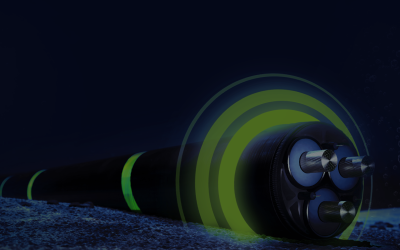NEWS
Recent

Trans Americas – The Next Wave
Submarine cables power 98% of global internet traffic, yet Latin America and the Caribbean face outdated systems and soaring bandwidth demands growing over 30% annually. New systems like TAM-1 aim to modernize infrastructure, break monopolies, and meet the region’s urgent digital needs driven by streaming, AI, and 5G.

TAM-1 : A New Era for Digital Connectivity in Latin America and the Caribbean
The TAM-1 submarine cable system, launching in 2025, is set to revolutionize digital connectivity across Latin America and the Caribbean. Spanning 7,000 kilometers, it addresses the region’s skyrocketing demand for high-speed internet with advanced technology, increased capacity, and low-latency connections. By replacing aging infrastructure and breaking monopolies, TAM-1 fosters competition, reduces costs, and bridges the digital divide, driving economic growth and aligning with the UN’s 2030 Sustainable Development Agenda for inclusive connectivity.

One-on-One with Julio Bran Chief Executive Officer, Trans Americas Fiber System
The TAM-1 submarine cable system, spanning 7,000 km, will enhance digital connectivity across Latin America and the Caribbean. Launching in 2025, it addresses soaring bandwidth demands with low-latency, high-capacity connections and provides a critical alternative to outdated infrastructure.
Other News
The future of undersea connectivity
Shared spectrum solutions are transforming telecommunications by enabling multiple operators to share subsea cable infrastructure, improving bandwidth efficiency, scalability, and cost-effectiveness. Discover how this innovative approach enhances connectivity, supports dynamic growth, and revolutionizes network management in the digital age.
How Trans Americas Fiber System Plans to Make a Splash
Set to go live in 2025, the TAM-1 submarine cable system will span 7,000km, connecting Central America and the Caribbean with unprecedented speed and capacity. Backed by Trans Americas Fiber System, the project promises to enhance regional connectivity while laying the groundwork for future expansions across the Caribbean and Pacific regions.


